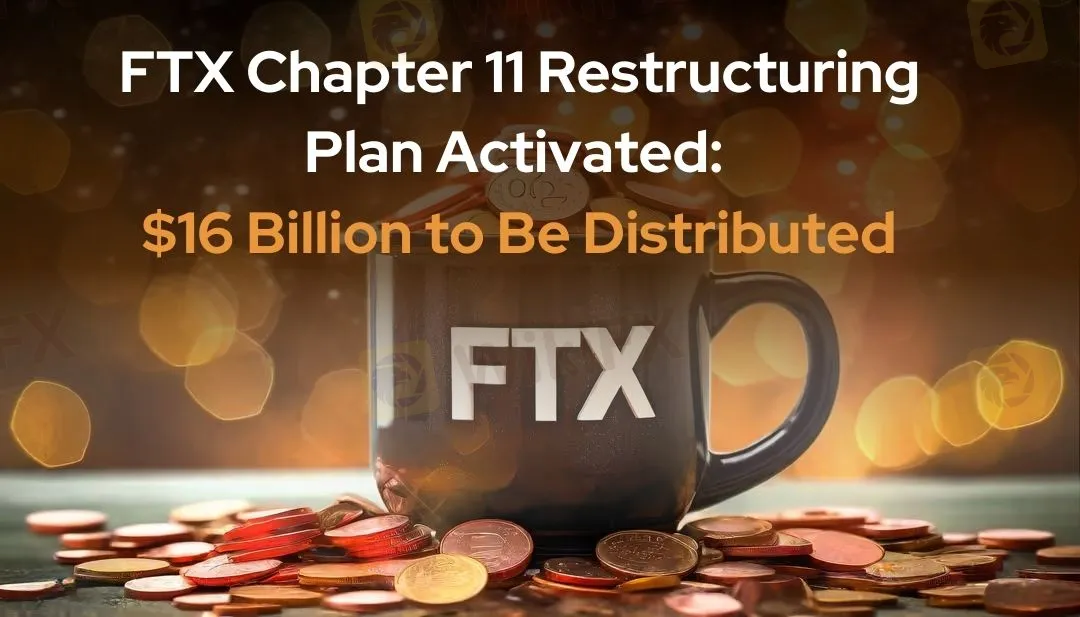FTX Chapter 11 Restructuring Plan Activated: $16 Billion to Be Distributed
abstrak:The highly anticipated FTX Chapter 11 bankruptcy restructuring plan officially comes into effect today, marking a critical step forward for the cryptocurrency exchange in recovering from its collapse. A $16 billion recovery fund begins distribution today, offering hope to creditors worldwide.

The court previously approved FTX‘s Chapter 11 restructuring plan to take effect on January 3, 2025, with today set as the record date for the initial distribution. BitGo and Kraken have been designated as FTX’s distribution partners to assist customers and creditors in reclaiming funds. Users are required to complete tasks such as KYC verification, tax form submission, and coordination with designated service providers. Claimants must promptly fulfill these requirements to ensure a smooth distribution process. The first distributions are expected to be completed within 60 days of the effective date.
From Peak to Bankruptcy: FTXs Rapid Fall
Once one of the worlds leading cryptocurrency exchanges, FTX was valued at $32 billion at its peak. However, in November 2022, the exchange filed for bankruptcy protection within days after suffering massive losses due to the misuse of customer funds for high-risk investments. This led to a two-year-long bankruptcy restructuring process aimed at liquidating assets and repaying creditors.
FTX‘s collapse triggered a ripple effect in the cryptocurrency market, causing significant price declines in major cryptocurrencies like Bitcoin and eroding market confidence. Investors began questioning the security and regulatory compliance of cryptocurrency exchanges, prompting other exchanges to enhance transparency and compliance measures. Furthermore, FTX’s downfall highlighted systemic risks in the cryptocurrency industry, prompting regulators to increase scrutiny of the sector.
FTX Distributions Begin: Reshaping the Crypto Industry
The FTX claims distribution plan officially takes effect today (January 3, 2025), initiating the allocation of $16 billion in assets globally. This presents significant challenges in ensuring fair and efficient distribution while addressing the complex demands of creditors.
Notably, the reintroduction of large sums of money into the market could cause short-term volatility in certain crypto assets, exacerbating market instability. However, this bankruptcy restructuring is not just a resolution of the FTX crisis; it also sets a vital precedent for handling large-scale insolvencies in the crypto industry, providing valuable lessons for future cases.
As the distribution plan progresses, the industry may see stricter regulatory frameworks and increased transparency requirements. These changes could help standardize market practices, restore investor confidence, and drive the crypto industry toward healthier and more sustainable growth.
Broker ng WikiFX
Exchange Rate

